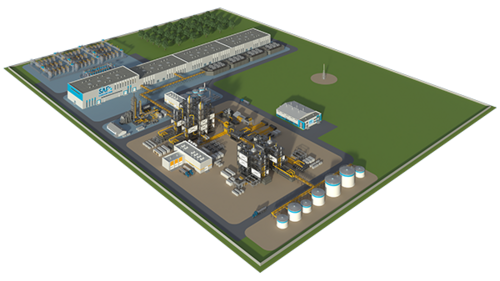
- Lhyfe and SAF+ plan to assess e-SAF production potential in Le Havre.
- Lhyfe aims to build a green hydrogen site with a capacity of over 100 tonnes per day.
- SAF+ plans to build an e-SAF production site connected to the hydrocarbon transport network.
- Market launch is targeted for 2030 to meet zero-emission goals by 2050.
Partnership Overview
Lhyfe and SAF+ International Group have signed a memorandum of understanding to produce electro Sustainable Aviation Fuel (e-SAF) from green and renewable hydrogen in the Le Havre area, France. This collaboration aims to decarbonize the aviation industry by leveraging Lhyfe's expertise in green hydrogen production and SAF+'s leadership in sustainable aviation fuel.
Project Details
The project involves assessing the potential for e-SAF production in Le Havre, with plans to sign a co-development agreement. Lhyfe will build a green hydrogen production site with a capacity of more than 100 tonnes per day, powered by renewable energy. SAF+ will establish an e-SAF production facility connected to the hydrocarbon transport network, enabling the distribution of e-SAF to airports in the Paris region, as well as northern and eastern France.
Timeline and Goals
The partners aim to launch the market by 2030, aligning with market expectations and zero-emission targets set for 2050. This initiative is part of a broader strategy to meet the growing demand for sustainable aviation fuel and demonstrate viable solutions for decarbonizing the aviation sector.
Background Information
Lhyfe has been operational since 2021, with additional sites inaugurated in December 2023 and several others under construction across Europe. SAF+ has previously signed a memorandum of understanding with the Air France-KLM Group for the supply of second-generation e-SAF fuel, with first deliveries scheduled for 2030.
